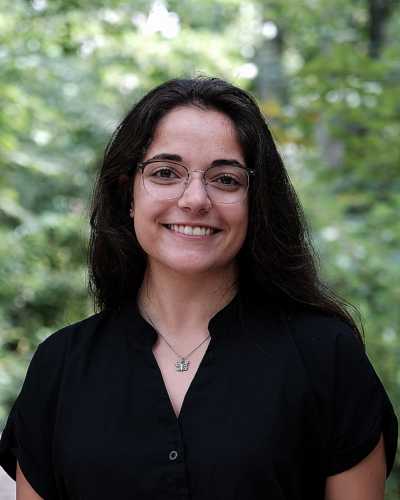Now published, see the full article 
Early Abstract:
Context: Artificial Intelligence (AI) is rapidly advancing and permeating every industry, including healthcare, with promises to enhance workflow efficiencies and reduce medical errors. Despite several proposed benefits of AI technology in healthcare settings, there may be numerous unforeseen consequences due to the speed at which AI is being implemented, especially with limited research and lagging regulatory support. This is particularly relevant in northern, rural, and remote communities that are often 'left in the dust' with technology implementation, placing an onus on local primary care providers (PCPs) to implement new technologies despite contextual challenges. The current priority for the Canadian government is to address the massive healthcare workforce shortages and the burden of clinical administration with digital AI scribes. Whether or not AI scribes will contribute to or address the digital divide, a gap in technology access between urban and rural communities leading to inequities, is up for debate.
Issues: Over 2.5 million people in Ontario, Canada, do not have a family physician, and the shortage of PCPs is further amplified in northern, rural, and remote communities. The time spent on nonessential administrative tasks equates to approximately 55.6 million patient visits, making administrative burden one of the primary causes of physician burnout. AI scribes utilize machine learning, deep learning, and natural language processing to interpret patient-PCP interactions and produce clinical notes, saving PCPs time and allowing them to 'cognitively off-load' administrative tasks. Contrary to this 'techno-optimism,' there are risks with note bloat, biased databases, privacy concerns, and automation bias that may disproportionately affect northern, rural, and remote communities.
Lessons Learned: AI will continue to evolve and gain functionalities while taking on greater responsibility in healthcare settings. Although there is a demand for funding and national regulatory frameworks, there is also a significant need to build the capacity of PCPs to be active voices in the development and implementation of new technology and expand rural AI research to ensure AI scribes are used to address the digital divide, rather than widen it.
Keywords: AI scribe, Artificial intelligence, Digital scribe, Documentation, Electronic medical record, Health information technology, Primary care, Professional burnout, Rural medicine, Speech recognition software


